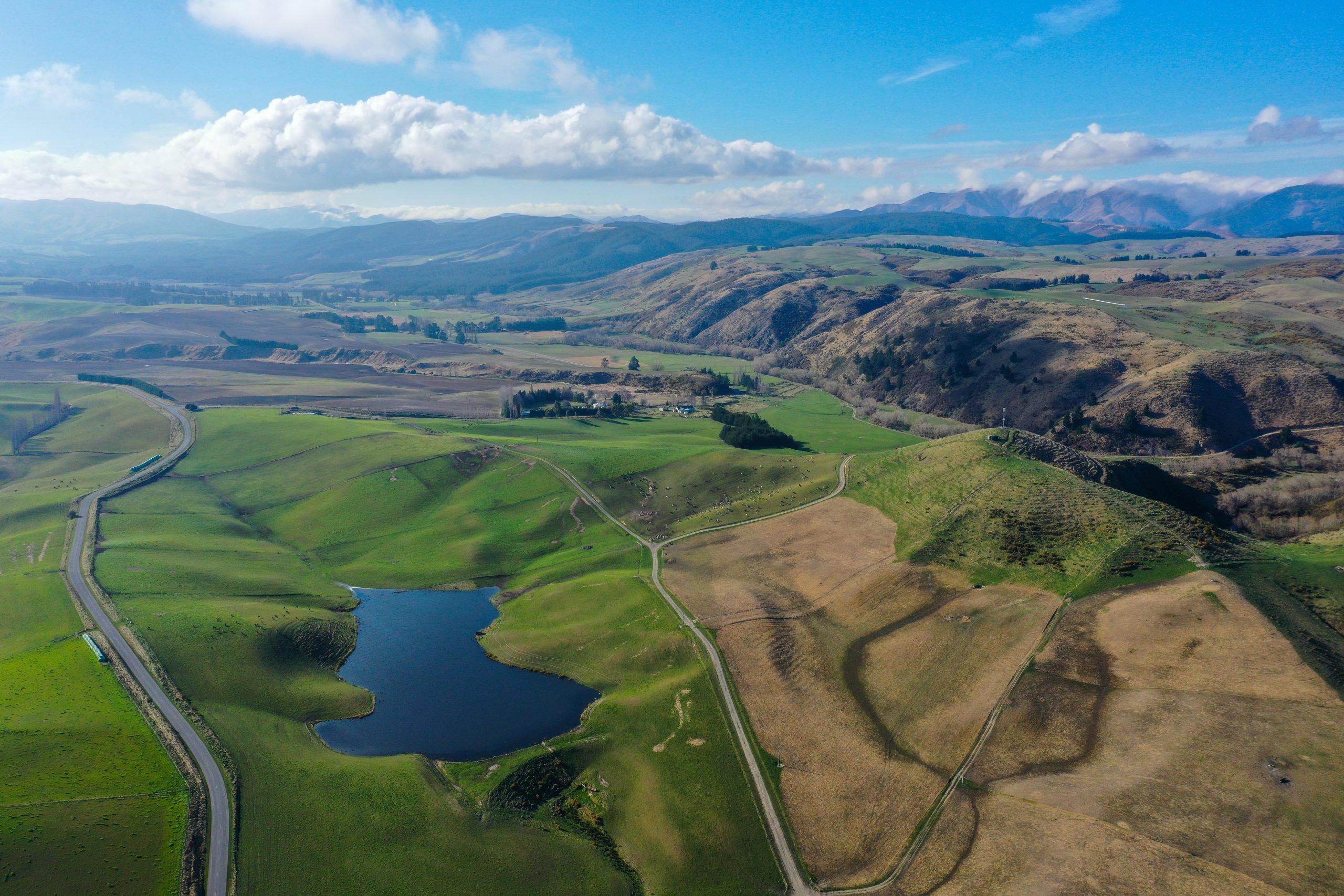Profits realised from emission reducing trial

By Delwyn Dickey
Sticking to just the allowed amounts of palm kernel as a feed supplement, before milk fat evaluation index (FEI) limits were reached and penalties imposed, has pushed a Northland dairy farm operation over the line as most profitable.
Even though this meant drying-off cows early.
The results from the recent three-year Northland dairy farm trial are important as farmers grapple with reducing greenhouse gas emissions.
“From an environmental point of view, just because you’re dropping your production and your methane and greenhouse gases, doesn’t mean you’re going to lose profit.” AgFirst agribusiness consultant and Northland Dairy Development trustee Kim Robinson says.
Carried out on the Northland Agricultural Research Farm (NARF) near Dargaville, the trial looked at three systems operating within a variable climate, and weighed up the pro’s and con’s of each.
A pasture-only system, palm kernel-only, and a system using palm kernel plus other more expensive supplements were all trialled.
“The high supplement farm did a whole lot more production, but they weren’t the most profitable,” Robinson says.
Split into three 28 hectare farmlets, milk production, cost of supplementary feeding and corresponding increases in milk solids, operating profit, and the cost of additional milk produced were compa It also saw milk production per hectare fall from 996kg the first season to 816kg during the drought, before recovering to 936kg on the pasture-only farm. Milk production was between 25% to 30% higher on the supplement farms.
Higher farmer stress levels on pasture only farms is something people often don’t consider when considering operating systems, Robinson says.
The milk solid response to supplement feeding was higher on the PKE-only farm despite animals not being fed baled silage or distillers dried grains, with both responses higher than the 12 year DairyBase average. This is thought to be as a result of sticking strictly to only feeding supplement when pasture residues were too short, rather than being too liberal with supplements, as is often the case.
Though the drought knocked it off its perch in the middle year, profit was highest overall on the PKE-only farm, followed by PKE-plus farm, with the pasture-only farm following up the rear.
LOW COST PKE
The study also highlighted the value of low cost PKE, when the lower milk response from more costly supplements, was considered.
For every dollar spent on more costly supplements, between $0.66 and $0.86 was added to farm expenses.
Over the three years this saw the cost of the additional milk produced average out to $5.86/kg MS for the PKE farm, compared to $8.58 for the PKE plus farm.
During a true feed deficit this study shows the financial value of imported supplements. But when FEI limits are reached it also shows the higher cost of additional supplements may not weigh up unless climatic conditions are severe or milk price is very high.
During the first year of the trial, when neither applied, the PKE plus farm was the least profitable of the three farms.
Though less profitable overall, the pasture-only farm made the most profit when milk price was below $5.86/kg.
The full results of the Northland Dairy Development Trust and Northland Agricultural Research Farm trial can be found on nddt.nz website under current trials. kernelred.
Other considerations included extra labour and tractor hours when supplements were used, the condition of cows at mating time, along with stress levels on the farms’ manager.
Having the worst drought in 100 years fall in the middle might have seemed a disaster, but Robinson says it was actually useful.
“It’s good having extremes when you’re testing systems.”
The pasture-only farm ran 2.7 cows per hectare compared to 3.1 cows for the supplement farms, but the weather and drought brought the most worry for farm manager Kelvin Horton as he struggled with low pasture growth and reduced milk production.
It also saw milk production per hectare fall from 996kg the first season to 816kg during the drought, before recovering to 936kg on the pasture-only farm. Milk production was between 25% to 30% higher on the supplement farms.
Higher farmer stress levels on pasture only farms is something people often don’t consider when considering operating systems, Robinson says.
The milk solid response to supplement feeding was higher on the palm kernel-only farm despite animals not being fed baled silage or distillers dried grains, with both responses higher than the 12 year DairyBase average. This is thought to be as a result of sticking strictly to only feeding supplement when pasture residues were too short, rather than being too liberal with supplements, as is often the case.
Though the drought knocked it off its perch in the middle year, profit was highest overall on the palm kernel-only farm, followed by palm kernel-plus farm, with the pasture-only farm following up the rear.
LOW COST PALM KERNEL
The study also highlighted the value of low cost palm kernel, when the lower milk response from more costly supplements, was considered.
For every dollar spent on more costly supplements, between $0.66 and $0.86 was added to farm expenses.
Over the three years this saw the cost of the additional milk produced average out to $5.86/kg MS for the palm kernel farm, compared to $8.58 for the PKE plus farm.
During a true feed deficit this study shows the financial value of imported supplements. But when FEI limits are reached it also shows the higher cost of additional supplements may not weigh up unless climatic conditions are severe or milk price is very high.
During the first year of the trial, when neither applied, the palm kernel-plus farm was the least profitable of the three farms.
Though less profitable overall, the pasture-only farm made the most profit when milk price was below $5.86/kg.
The full results of the Northland Dairy Development Trust and Northland Agricultural Research Farm trial can be found on nddt.nz website under current trials.





